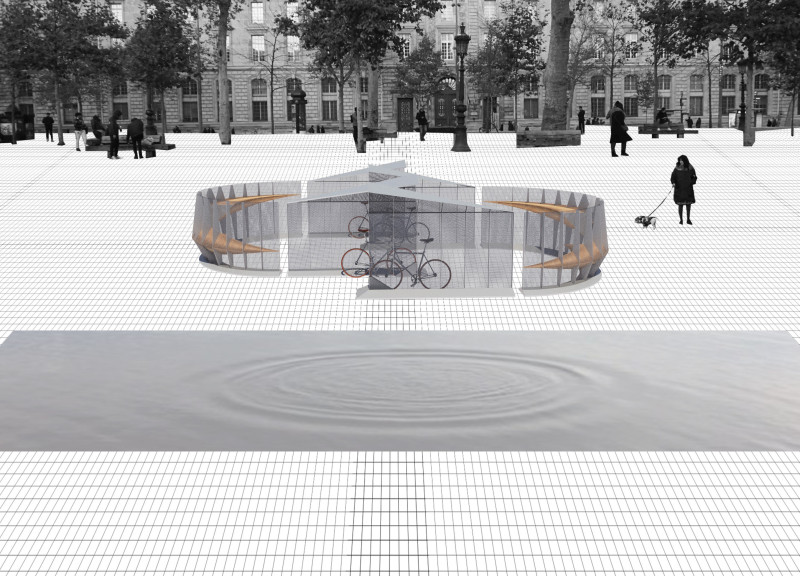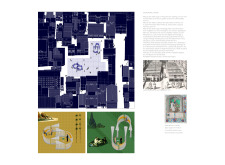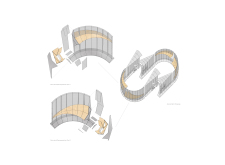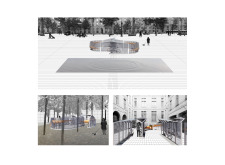5 key facts about this project
The architectural design project titled "OCCASIONAL ROOM" is located in a modern urban environment where the need for shared spaces for reading and knowledge exchange is becoming increasingly important. It aims to shift the focus of reading environments from solitary activities to interactions that foster community connections. By contrasting the idea of personal space with communal reading, the design illustrates the potential value found in sharing literature and experiences among individuals.
Conceptual Framework
The design critically evaluates why people go to public spaces for reading instead of staying at home. It emphasizes the unique benefits that communal experiences provide, suggesting that these environments can encourage connections among users. The design promotes a setting that invites individuals to engage with literature and one another, generating meaningful interactions.
Community Engagement
A key aspect of the project involves the idea of donating books as a way to contribute to the community. Rather than keeping books for personal use, the design supports their exchange within public spaces, creating a collection of shared narratives. This approach enhances community identity and encourages conversations among individuals, which strengthens the role of the space as a facilitator of interactions.
Interactive Design
The layout is designed to allow for fluid movement and engagement. An open space encourages spontaneous interactions, departing from the rigid structure of traditional libraries. By incorporating flexibility into the design, the space can adapt to various activities and events. This versatility helps establish the architecture as a gathering point for community discussions and exchanges, enriching the overall user experience.
Technological Integration
The design acknowledges advancements in digital technology, suggesting that different media can be integrated into the reading space. This combination aims to create a more inclusive experience, connecting digital content with physical environments. Such an integration addresses various reading preferences and promotes interaction among users, enhancing the depth of engagement within the facility.
The project highlights a clear intention to respond to changing needs for knowledge exchange, leading to a design that balances practical use with opportunities for connection. Inside, adaptable furniture creates a welcoming atmosphere where collaboration and conversation are encouraged, supporting a vibrant community space.





















































